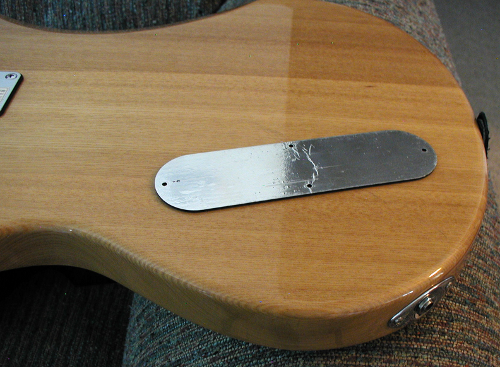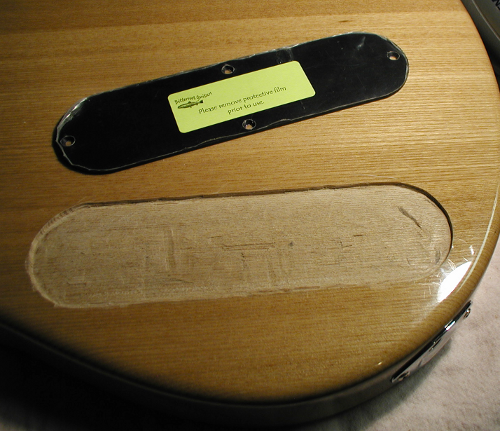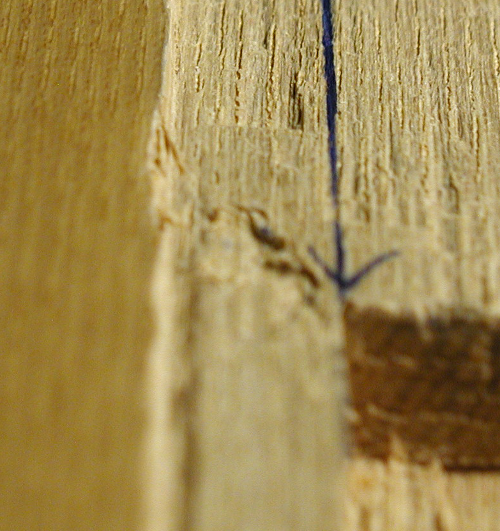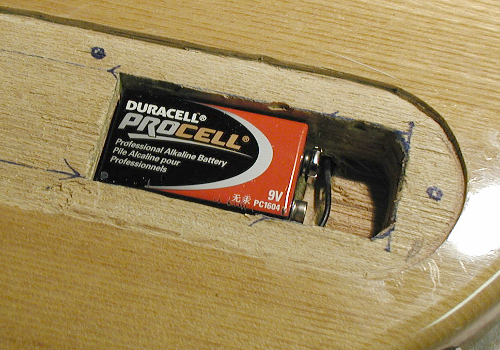OLP Project 1: Stay Chiseled
August 8th, 2011I just acquired this nice OLP 5-string bass. I like it. But it really, really needs bass and treble controls to be usable in a live setting. Which means it needs a battery compartment on the back. Which means I need to learn how to use a chisel.
I can’t seem to find my “before” picture. I think I deleted it when Win7 didn’t correctly update the thumbnails. Those two ancient pictures of something I ebayed this spring were probably really my “before” pictures. Oh well. I’m not changing the front of the guitar anyway. :)
I don’t have the electronics yet, but I have the cover. (Thanks Bitterroot!)Â Now I’m nervous. I’ve never deliberately cut up a perfectly good working bass before.
Yes, this seems larger than I really need. But I can expand to a two-battery setup if I choose. Not that I will. Nobody needs 18V of headroom on a guitar-level output. Well, whatever, I’m committed.
I used the dremel’s router attachment to rough out the depth at the edges, but the chisel was much better for getting the edges straight and flattening the bottom of the, well, I guess it’s a mortise. Is it still a mortise if it’s going to hold a cover?
In any case, I’m starting to really like chisels. I’m quickly discovering that the dremel is terrible for removing large chunks of wood, but great for sanding rounded curves. And chisels are amazing for chiseling. :)
That looks acceptable, I guess. Sorta, but you sure can’t fit a battery in there. Maybe I could do some bulk wood removal with the dremel. OK so let’s just get a strong grip and… Whoa! OK so maybe power tools aren’t my thing.
The cavity you see in this picture was actually carved with a chisel. I decided I didn’t like the responsibility of using power tools.
I’m amazed at how easy this is to do with a chisel. And how difficult with power tools. Now I just have to wait for the preamp to arrive, and maybe locate some conductive paint.





